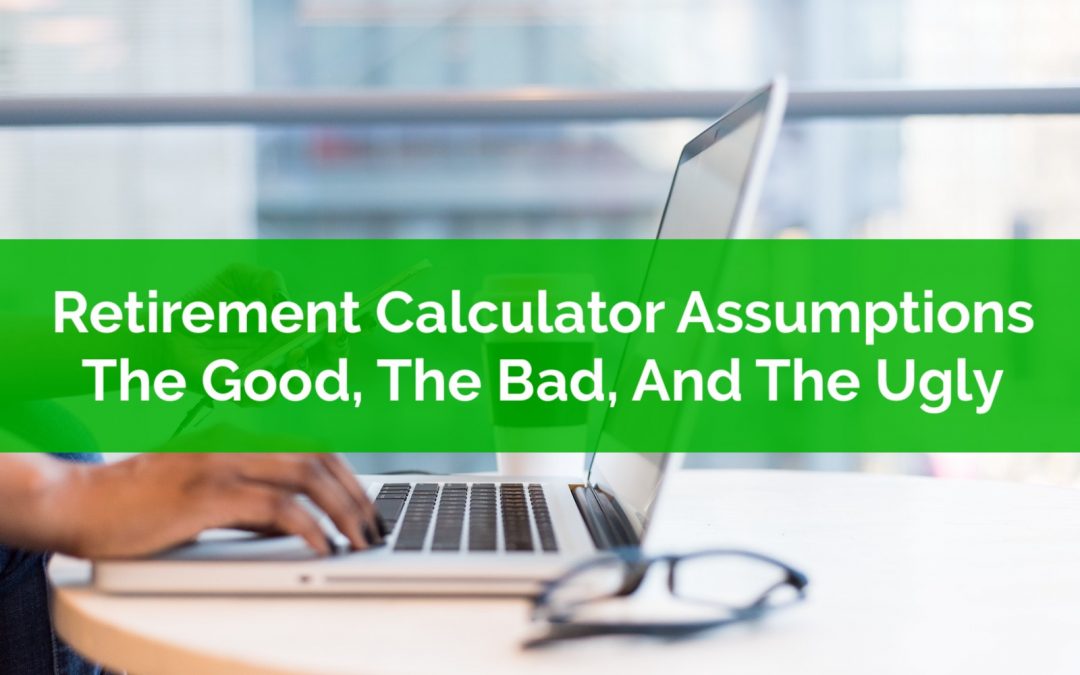
by Owen | Dec 20, 2020 | Retirement Planning, Tax Planning
RRSPs are one of the three major tax shelters available to Canadians. They were created in 1957 and since then RRSPs have been a key way to delay and avoid taxes. There are many benefits to an RRSP but also a few drawbacks.
In general Canadians aren’t taking full advantage of this tax shelter. As of 2015 there was over $1 trillion of unused contribution room. That’s an average of $41,560 per tax payer!
Each year the unused contribution room continues to grow. Over the last 5 years unused contribution room has grown by $1,900 per person per year.
This begs the question….
Why aren’t we using the RRSP to its full advantage?
Out of all tax payers only 1 in 4 used an RRSP last year. While this might seem low it’s important to note that RRSPs aren’t for everyone. There are drawbacks to using an RRSP and it’s because of these drawbacks that some people choose a different tax shelter instead, like a TFSA.
Still, there is a huge potential for tax savings out there. Even at the lowest federal tax rate the potential tax rebate is about $150 million or roughly $6,000 per person. Who wouldn’t like to get a $6,000 tax refund?!?
In this post we’ll cover how RRSPs work. We’ll also cover both the benefits and drawbacks of an RRSP.

by Owen | Nov 16, 2020 | Financial Planning, Retirement Planning
Retirement calculators are everywhere. Nearly every financial institution has some form of retirement calculator. They all work very similarly, they require a few inputs perhaps age, income, spending etc. and then they provide some analysis/recommendation about retirement, how much to save, how much to spend etc.
But how accurate are these retirement calculators? What assumptions are they making when doing a retirement projection? Are they even worth the effort?
In this post we’re looking at some of the good, the bad, and the ugly parts of retirement calculators.
In general, retirement calculators make some very broad assumptions to create a very simple retirement projection very quickly. There is nothing simple about retirement, so creating a projection with only a few inputs in only a few seconds is already somewhat suspect, but as we’ll see below, the possible issues go way beyond that.
These are just some of the issues to watch out for when using a retirement calculator.

by Owen | Oct 26, 2020 | Behavioral Finance, Investment Planning, Retirement Planning
Retirement is full of risk. There is longevity risk, spending risk, health risk etc. But two of the largest risks in retirement are investment risk and inflation rate risk.
What if you could transfer some (or all) of that risk to someone else? That would make retirement that much more enjoyable, less to worry about and less to stress over. There would be more time to enjoy retirement itself rather than worry about retirement finances.
The problem with risk is that it’s hard to understand and hard to quantify. We’re pretty bad at assessing risk and probability. We might look back at the accumulation phase and think that we can manage the emotional impact of investment risk and inflation risk. After all, we’ve been managing those risks for 30-40+ years before retirement, why would that change in retirement?
The difference during the decumulation phase is that those risks are exacerbated by annual investment withdrawals. In retirement, these withdrawals, necessary to support retirement spending, multiply the effect of fluctuations in investment returns and inflation rates.
During the accumulation phase, investment contributions help reduce the impact of fluctuations (dollar cost averaging is a big benefit during accumulation). During the decumulation phase however, investment withdrawals multiply the impact of fluctuations.
As you’ll see below. The based on historical standards, the variation during the accumulation phase is nothing compared with the variation that’s possible during the decumulation phase.
So, transferring retirement risk to someone can become quite appealing when transitioning into retirement. It can help reduce that variation. Transferring even a small amount of retirement risk to someone can significantly improve peace of mind. Plus, it can help create a “floor” of retirement income that is virtually guaranteed.

by Owen | Sep 28, 2020 | Behavioral Finance, Financial Goals, Financial Planning, Retirement Planning, Saving Money
Financial Independence Retire Early (aka FIRE) is one of those big personal finance goals that has gotten a lot of attention recently. The idea of being financially independent, choosing when and if to work, is attractive for many people, especially when there is so much uncertainty in the world.
To be financially independent means that your investments (whether that be stocks, bonds, GICs, real estate etc) can provide enough income to cover annual expenses indefinitely. FIRE enthusiasts typically use the 4% rule as a guideline for how much income they can generate from their portfolio each year. The idea being that a person can draw 4% of their initial portfolio balance, adjusted for inflation each year, and have reasonably high chance of not running out of money after 30-years.
By using the 4% rule we can generate a rough target for FIRE. The basic idea is that you can take your annual expenses and multiply by 25 and that is your “FIRE number“. This is the amount needed in investments to safely retire early (although with low interest rates and low bond returns at the moment this rule is often thought to be too risky).
But despite it being a simple concept, reaching FIRE is a difficult task. It requires a high savings rate, low expenses, and lots of time.
FIRE is made easier with an above average income, which allows for a higher savings rate, but it is still a difficult task. Reaching FIRE means living well below your means for an extended period of time.
This combination of low spending, high savings, and a long time frame can lead to what’s known as “the boring middle”.
In this post we’ll briefly explain what FIRE is, why it’s so easy in the beginning, and why “the boring middle” could be a sign that there is an imbalance in the plan, one where the means may not justify the end.

by Owen | Aug 31, 2020 | Behavioral Finance, Emergency Fund, Retirement Planning, Saving Money
Out of all the ‘best practices’ in personal finance, emergency funds are probably the simplest and most effective. There is nothing easier to set up and nothing that provides more peace of mind than an emergency fund.
Emergency funds are boring, they are simple, and they hopefully never get used.
The purpose behind an emergency fund is simple. An emergency fund should provide quick access to cash in the event of an emergency. An emergency should be something truly unexpected like a job loss, a health emergency, an unexpected repair, an accident etc. Using an emergency fund for an expected expense is NOT the right way to use an emergency fund (more on that later).
Emergency funds can also be called an ‘e-funds’, ‘rainy day’ funds, or ‘oh $h!t’ funds. Whatever you call it, the purpose is the same, to help ease the financial burden during an emergency.
Yet, as simple as emergency funds are, they sometimes get used incorrectly. In this post we explore what an emergency fund is, how to set one up, how large it should be, and what NOT to do with an emergency fund.

by Owen | Aug 17, 2020 | Government Programs, Investment Planning, Retirement Planning
The majority of people choose to start CPP as early as possible. In fact, over 9 out of 10 people choose to start CPP at or before the age of 65. This means that the majority of people aren’t using CPP strategically to reduce risk in retirement.
The way CPP works means that it can be a great tool to help absorb inflation rate risk and investment risk in retirement. But many people choose to ignore these benefits (or aren’t aware of them in the first place) and simply start CPP as soon as possible.
One common strategy we’ll review in this post (but not the only strategy) is to delay CPP to age 70. By delaying CPP by 10-years the payments are over 200% higher than at age 60. There is a 0.6% increase for each month of delay between age 60 and age 65. Plus, there is a 0.7% increase for each month of delay between age 65 and age 70.
Delaying CPP to age 70 is a great way to reduce risk in retirement but it’s not necessarily the best decision in all situations. There are a few other CPP strategies we can use to help reduce risk in retirement if faced with certain circumstances. This could include low investment returns, negative investment returns, or high inflation.
Rather than start CPP at age 60, or delay CPP to age 70, we can choose to start CPP at different times depending on the circumstances. This flexibility can help us decrease risk in retirement and provide more flexibility.
There are four CPP strategies we can use to help decrease risk in retirement. The first, delaying CPP to age 70, is relatively well known, but the other three strategies we’ll cover in this post are unique and can be used if faced with certain circumstances between age 60 and age 70. This provides a retiree with some flexibility to optimize their CPP start date depending on the circumstances at the time.
Page 12 of 19«...1011121314...»






